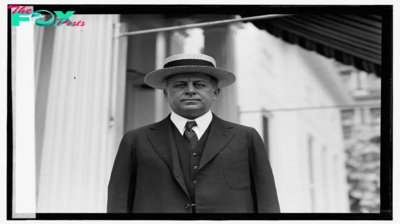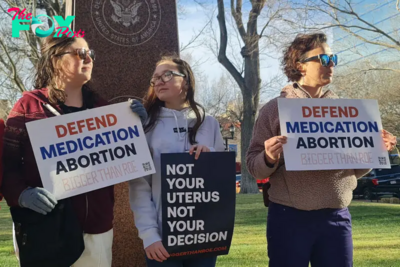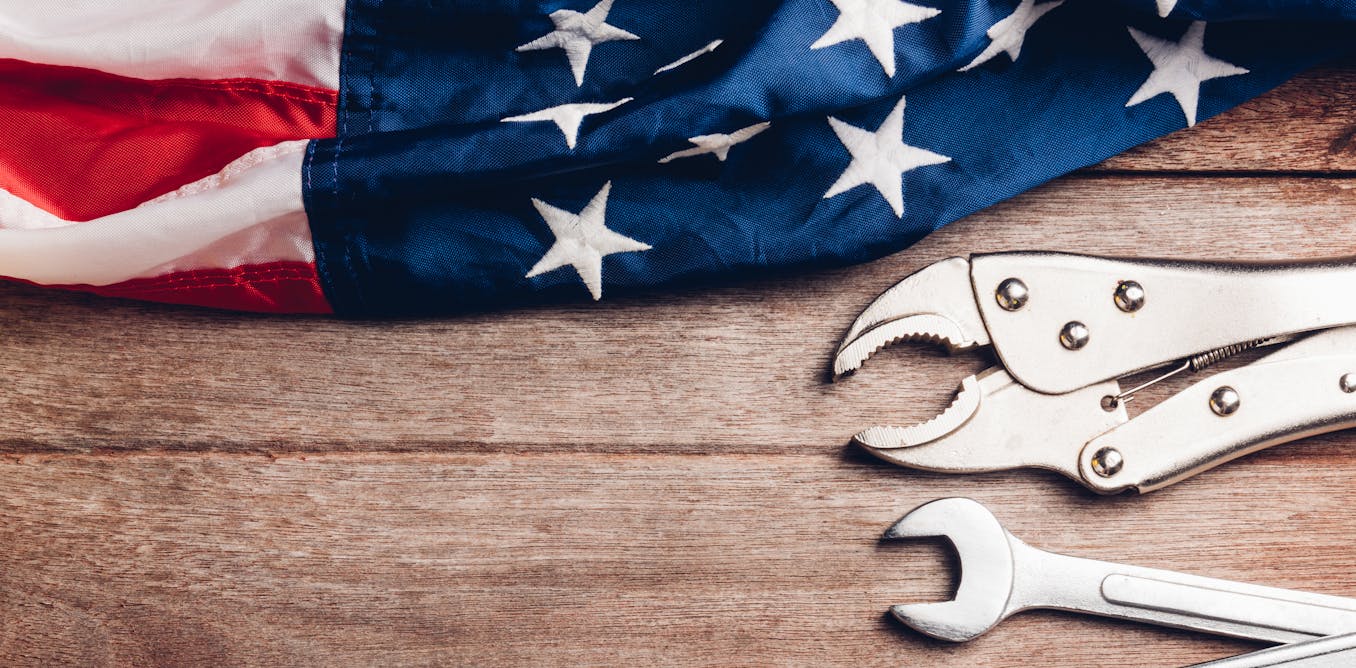Politics
Laws meant to keep different races apart still influence dating patterns, decades after being invalidated
If you are single and looking for a romantic partner, chances are that you have used a dating app. But the likelihood that others will like, or even see, your profile may depend on your race.
Studies have found that all people on dating apps, regardless of their own race, are more likely to contact white people using the app. And all people using dating apps are least likely to contact African American women and Asian American men.
Until recently, some popular apps, including OkCupid, Match, Hinge and Grindr, provided race and ethnicity filters that allowed users to categorically exclude daters based on race and ethnicity. Although most apps, including Grindr, removed their ethnicity filters in the past few years, others, such as Hinge and Match, have not.
While people may think that whom they find desirable is a personal preference, attraction is influenced by family members’ views, the schools people attend, friends and society in generaleg: link not working JA: I added a space and it shouldS work now and dating sites themselves. I am a legal scholar who researches race and the law. As I argue in my new book, “The Architecture of Desire: How the Law Shapes Interracial Intimacy and Perpetuates Inequality,” the legacy of discriminatory laws that have been struck down still influences people’s romantic preferences by limiting opportunities for interracial relationships to develop.

Segregation laws limited interracial relationships
Until the 1960s, some U.S. state laws prohibited white people from marrying Black Americans, Asians and Native Americans. eg: Any reason here not to say Asian Americans instead of Asians? These laws – known as anti-miscegenation laws – were in effect in 41 states, including Maryland, California, Oregon and Virginia, at some point between 1661 and 1967.
Then, Mildred Loving, a Black woman, and Richard Loving, a white man, successfully challenged Virginia’s anti-miscegenation law known as the Racial Integrity Act. They were convicted of violating this law by marrying each other in another state and returning to their Virginia home. In the case aptly named Loving v. Virginia, the U.S. Supreme Court ruled that these anti-miscegenation laws were “designed to maintain White Supremacy” and declared them unconstitutional.
Other old laws in effect until the 1960s also hindered interracial relationships indirectly.
The Naturalization Act of 1790 provided that only free white persons could become naturalized U.S. citizens. Although the Naturalization Act of 1870 extended eligibility to persons of African descent, it did not extend eligibility to other racial and ethnic groups.
The Supreme Court affirmed these laws when it determined in 1922 and also in 1923 that people of Asian ancestry were not white and could not become naturalized U.S. citizens. These laws significantly reduced the pool of desirable marital partners by ruling out people of Asian ancestry. The Immigration Act of 1924 also barred individuals of Asian ancestry, except for Filipinos, since the Philippines was a U.S. colony, from immigrating to the U.S.
Congress abolished these race-based exclusions in 1952 when it passed the Immigration and Nationality Act. But it did not eliminate the U.S. government’s preferences for immigrants from Western European countries until 1965, when it passed another Immigration and Nationality Act that abolished quotas for immigrants from particular countries.
Housing and educational discriminatory laws
Until the late 1960s, federal, state and local governments promoted and enforced discriminatory housing policies, such as redlining and racially restrictive covenants, that segregated African Americans and other racial groups from white people.
These policies determined where people of color could live and send their children to school. Since they could not live in predominantly white neighborhoods, their children could not attend schools with white children, as students were assigned to their local school.
State laws and local practices in most Southern states, as well as California and Texas, among others, required Black, Asian, Mexican American and Native American eg: Again, is there a reason here to say Mexican American but not African American (or Black American) and Asian American? children to attend separate schools without any white students. These policies’ primary goal was to “to prevent the formation of interracial relationships in public schools”, as the legal and race scholar Reginald Oh has argued.
The legacy of old discriminatory laws
These explicitly discriminatory laws that impeded interracial relationships until 1967 have all been abolished.
The Fair Housing Act banned housing discrimination in 1968. School districts can no longer separate or exclude children based on race.
There are now federal laws and laws in every state that prohibit businesses open to the public from discrimination based on race or ethnicity.
Yet, these old laws left a legacy that still limits opportunities for interracial interactions online and offline.
Residential segregation persists as a result of decades of federal, state and local practices that excluded racial minorities from white neighborhoods.
Houses and apartments in predominately white neighborhoods remain out of reach for many people of color, as real estate prices have skyrocketed. Affordable housing is also concentrated in low-income and predominantly minority neighborhoods.
As a result of this residential segregation, many Black and Latino children attend what Education scholars Gary Orfield and Danielle Jarvie refer to as “apartheid schools” in high-poverty neighborhoods with few white students.
The opportunities for meaningful interactions across race in the workplace – where some people meet their romantic partners – are also limited. Black Americans, for example, are disproportionately clustered in low-wage positions and sectors, making intimate relationships with the predominantly white managerial and professional staff unlikely.

Boundaries on dating apps
Online dating is now the most common way to meet a romantic partner, so you might assume that the lack of opportunities for meaningful interracial interactions at school, in the workplace and around the neighborhood do not matter. I believe that they do matter. By facilitating segregation, these defunct laws not only iNFLuence whom people meet offline but whom they are interested in meeting online.
The internet may not have geographical boundaries, but psychological boundaries follow us online.
When seeking a romantic partner, whether online or offline, people gravitate toward others who are similar and familiar to them – not people whom they have been taught to see as fundamentally different from their family, friends and neighbors.
Attraction is complicated, and race might always play a role in whom people choose to bring into their bedrooms and family. But I think that people should be concerned by the role that these discriminatory laws continue to play in their intimate lives, especially when it reproduces racial inequality.
-

 Politics1d ago
Politics1d agoThe Last Time the Senate Rejected a President’s Cabinet Nominee of the Same Party
-

 Politics1d ago
Politics1d agoPolice Report Reveals Assault Allegations Against Pete Hegseth
-

 Politics2d ago
Politics2d agoWhy Trump Actually Needs Mexico
-

 Politics2d ago
Politics2d agoMan Convicted of Killing Laken Riley Sentenced to Life in Prison Without Parole
-

 Politics2d ago
Politics2d agoHow the Biden Administration Protected Abortion Pill Access—and What Trump Could Do Next
-

 Politics2d ago
Politics2d agoWhy Trump’s Tariffs Could Raise Grocery Prices
-

 Politics3d ago
Politics3d agoThe First Trans Member of Congress Expected Pushback Like Mace’s Bathroom Rule
-

 Politics3d ago
Politics3d agoNew York Prosecutors Oppose Dismissing Trump’s Hush Money Conviction





















